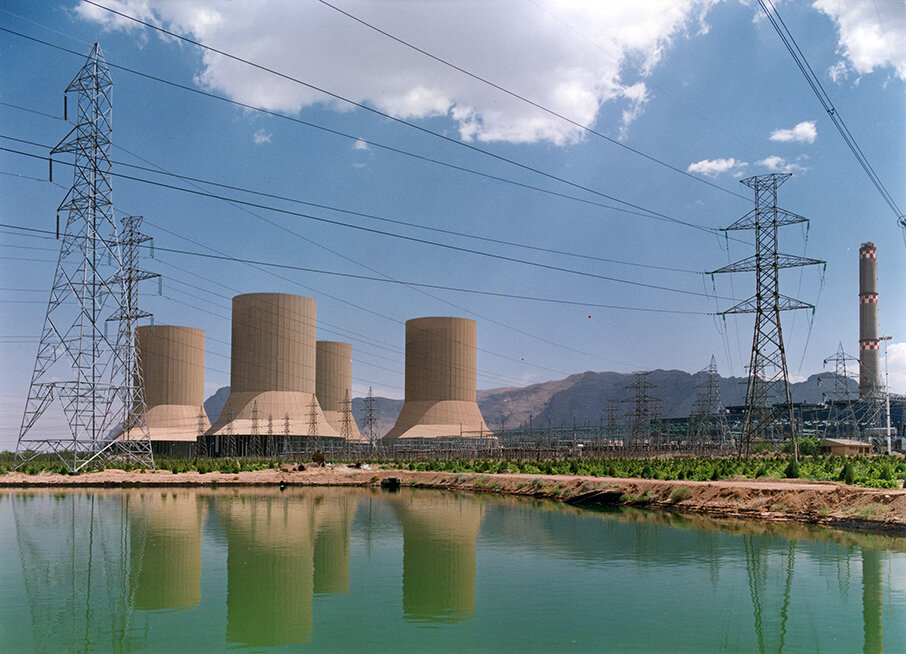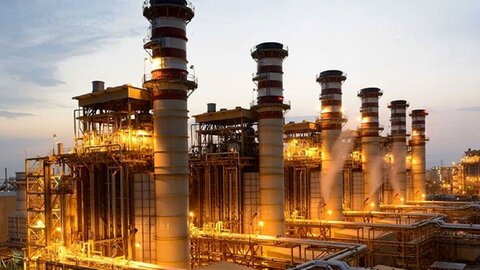Iran (IMNA) - This surge in demand can be attributed to the country's new strategies aimed at reducing its reliance on oil as the primary source of revenue. As Iran diversifies its economy, the power sector finds itself at the forefront of this transformation, striving to keep up with the ever-increasing energy needs.
The Iranian government's visionary approach to curbing oil dependency has led to a remarkable expansion of industries across the nation. This industrial boom, while a testament to Iran's economic growth, has placed immense pressure on the power sector to deliver a consistent and reliable supply of electricity. However, meeting this surging demand has proven to be an arduous task, pushing the limits of the industry's capabilities.
One of the key factors contributing to the struggle faced by Iran's power industry is the need for significant infrastructure development. The rapid growth of the industrial sector necessitates the establishment of new power plants, transmission lines, and distribution networks. The sheer scale of these requirements poses substantial challenges in terms of financing, technical expertise, and project management. Moreover, the long lead times associated with constructing new power infrastructure further exacerbate the issue, resulting in a lag between demand and supply.

Furthermore, Iran's power sector encounters obstacles related to the modernization and efficiency enhancement of existing power plants. Many of the power facilities in the country are outdated and rely on aging technologies, leading to inefficiencies and increased maintenance costs. Upgrading these facilities to incorporate advanced technologies and improve overall operational efficiency requires substantial investments and time.
To address these challenges, Iran's power industry has embarked on an ambitious journey of reform and innovation. The government has taken measures to attract foreign investments, forge partnerships with international power companies, and tap into renewable energy sources. These initiatives aim to not only increase the overall power generation capacity but also enhance the sustainability and reliability of the energy supply.
Iran's vast potential for renewable energy, particularly solar and wind power, presents a golden opportunity for the country to diversify its energy mix. By harnessing these clean sources of energy, Iran can reduce its carbon footprint, mitigate environmental concerns, and ensure a more sustainable future. However, the integration of renewable energy into the existing power grid poses technical and logistical challenges that require careful planning and coordination.
In August, the Iranian Energy Minister Ali-Akbar Mehrabian highlighted the major obstacles the country's electricity sector faced namely inefficient power plants and drought.
To address these challenges, the ministry has focused on enhancing power plant efficiency and reducing electricity loss in the network. Mehrabian emphasized that the current power generation of the country's power plants is significantly low compared to their quantity, largely due to non-standard conditions.
In response, the Energy Ministry has implemented measures to increase power plant efficiency and construct new high-efficiency plants. The Sixth Five-Year National Development Plan of Iran aims for new power plants to operate with a minimum efficiency of 55 percent, necessitating the construction of a new generation of highly efficient plants. As an initial step towards this goal, the ministry signed an agreement with the MAPNA Group, a leading holding company involved in the development and execution of thermal and renewable power plants, to construct 5,000 megawatts (MW) of high-efficiency power plants throughout the country. Consequently, the country's first high-efficiency F-class power plant, built under this agreement by the private sector, commenced operations in late August.

The Caspian combined cycle power plant was built with an expenditure of €260 million and has a capacity of 460 MW, according to Roohollah Espanani, Manager of Iranian Thermal Power Plants Holding's (TPPH) private power plants program.
This power plant, which is located close to Nowshahr city in the northern Mazandaran province, runs in the combined cycle mode and achieves an amazing efficiency of 58 percent.
The Caspian power plant, which is notable for being the first single-axis power plant in the nation to use Class F gas turbines, will considerably help the country's network fulfill its energy needs. In the upcoming years, it is projected to be essential in preventing blackouts in Mazandaran province during periods of high demand.
With the addition of such power plants to the country's power production industry, it is hoped that a sizable portion of the issues related to the electricity deficit will soon be resolved.
Iran's power industry finds itself caught in the crosscurrents of surging industrial demand and the need to reduce reliance on oil revenues. While the journey towards a more diversified and sustainable energy sector is undoubtedly challenging, it also presents immense opportunities for growth and innovation. With strategic investments, technological advancements, and a steadfast commitment to reform, Iran's power industry can overcome its current struggles and emerge as a robust and resilient backbone of the nation's economic development.


Your Comment